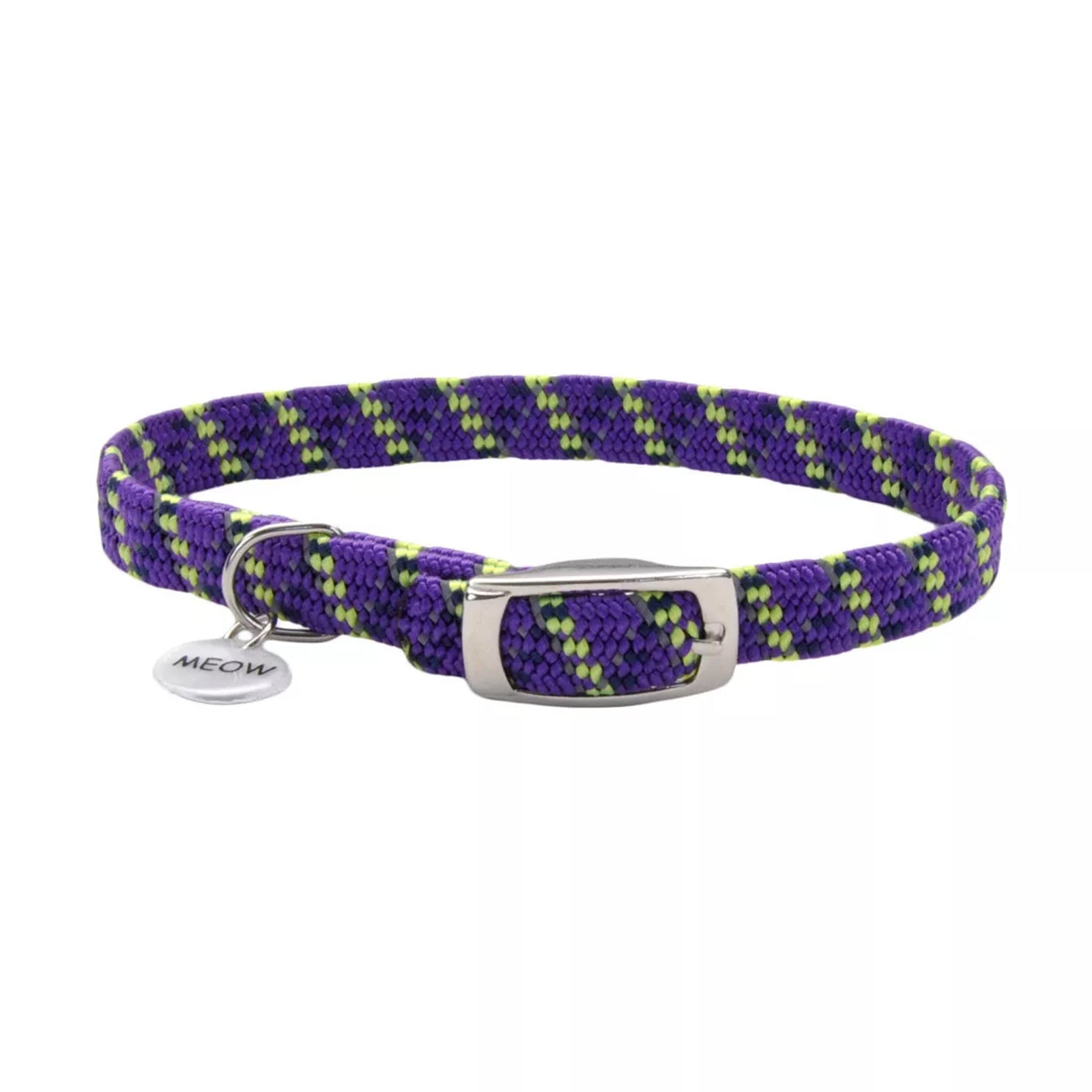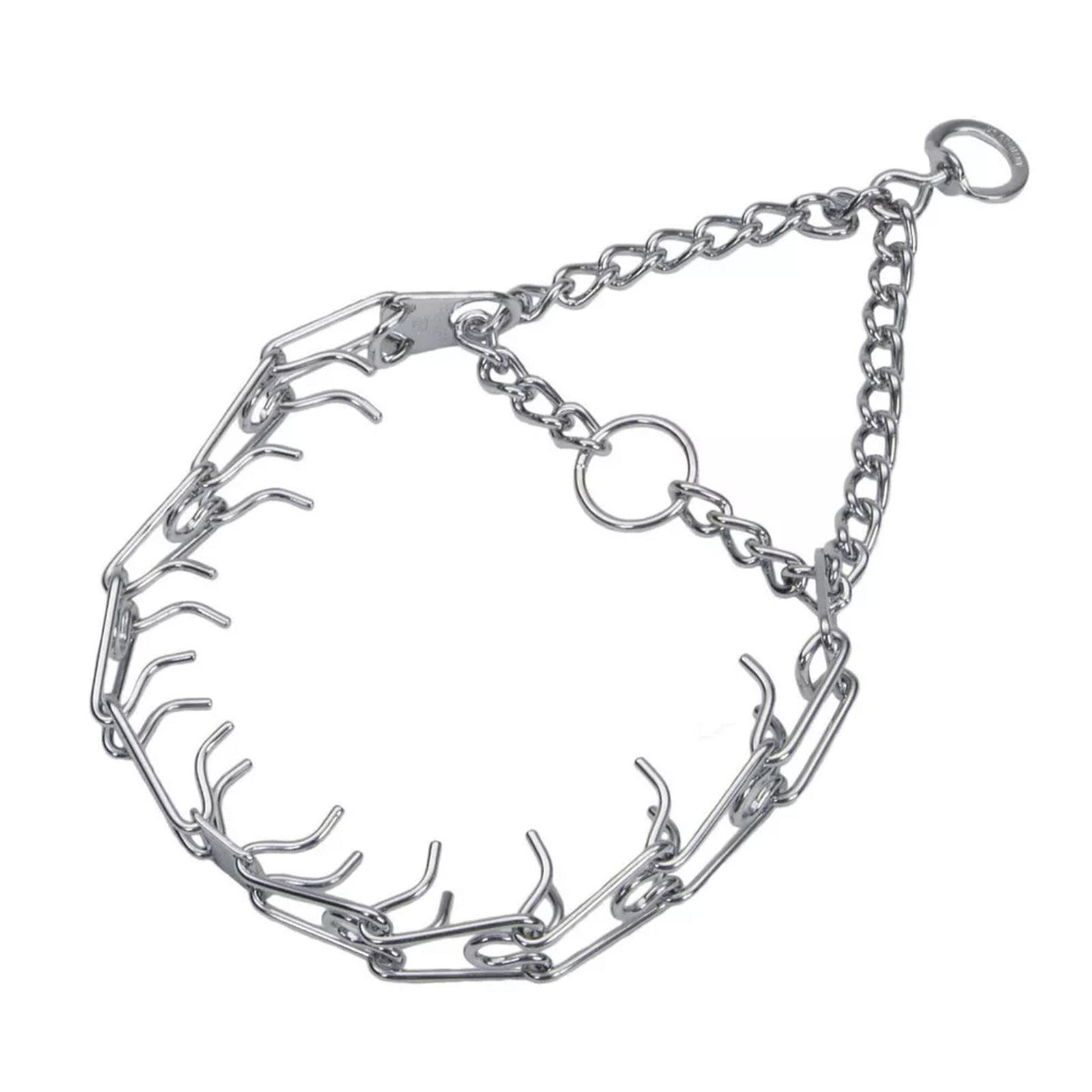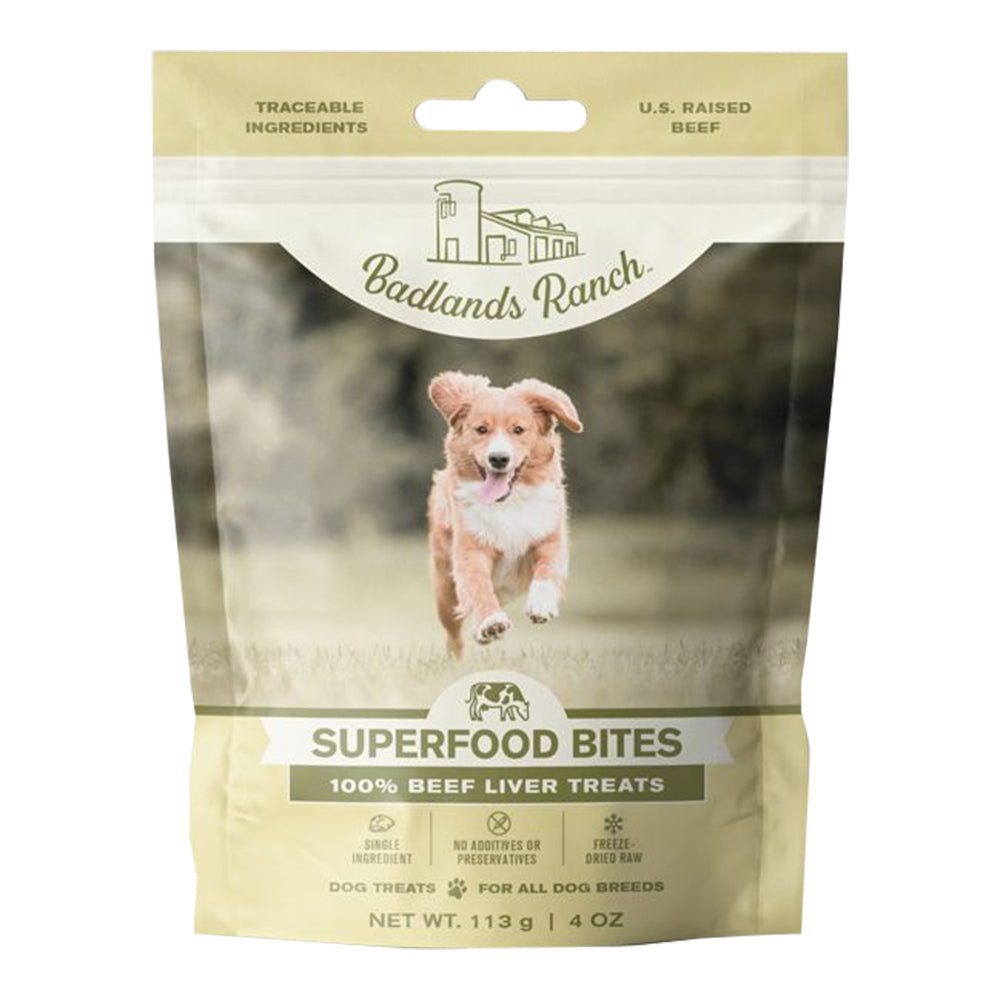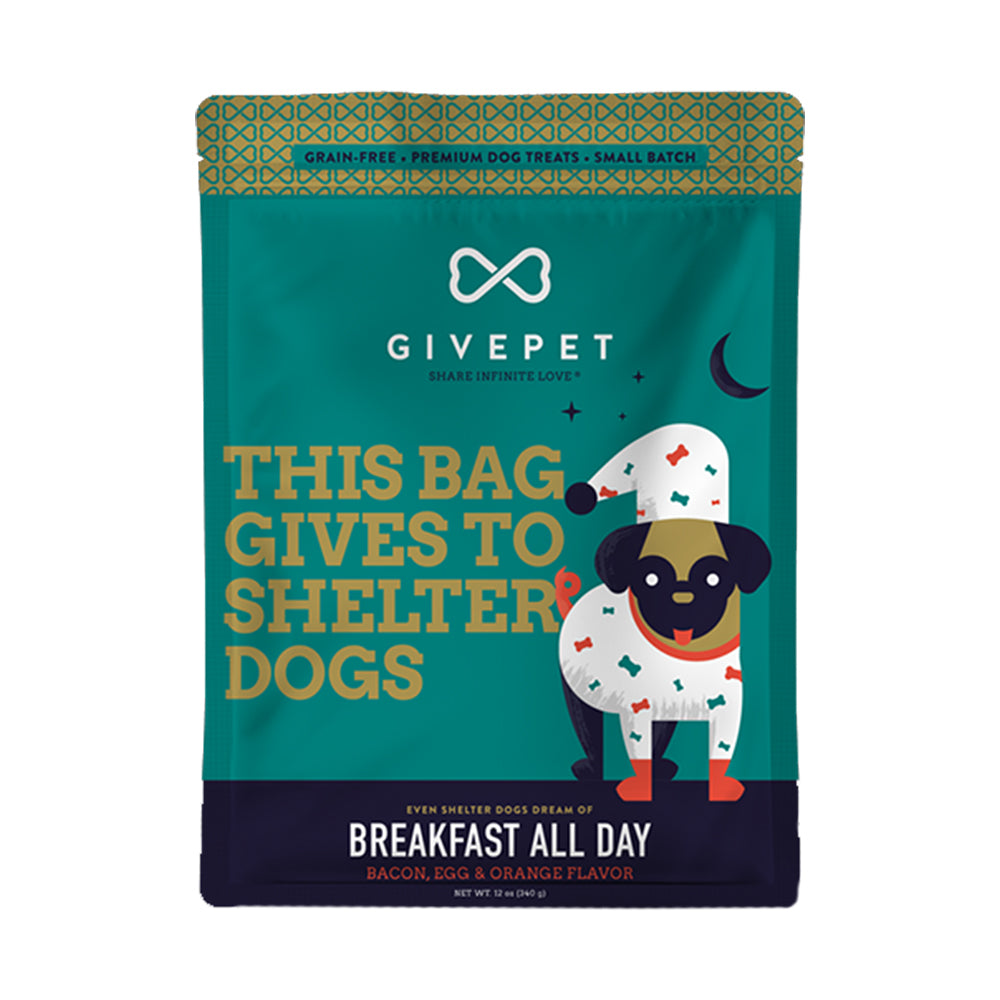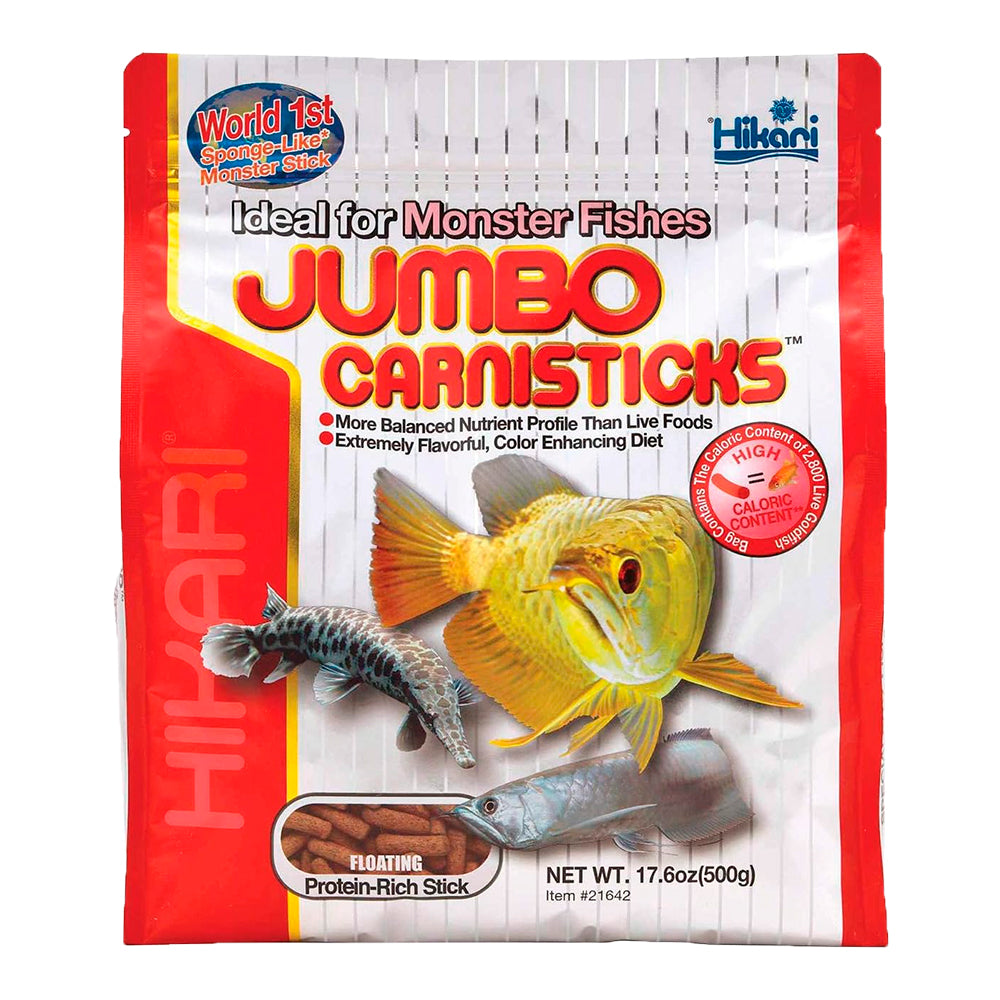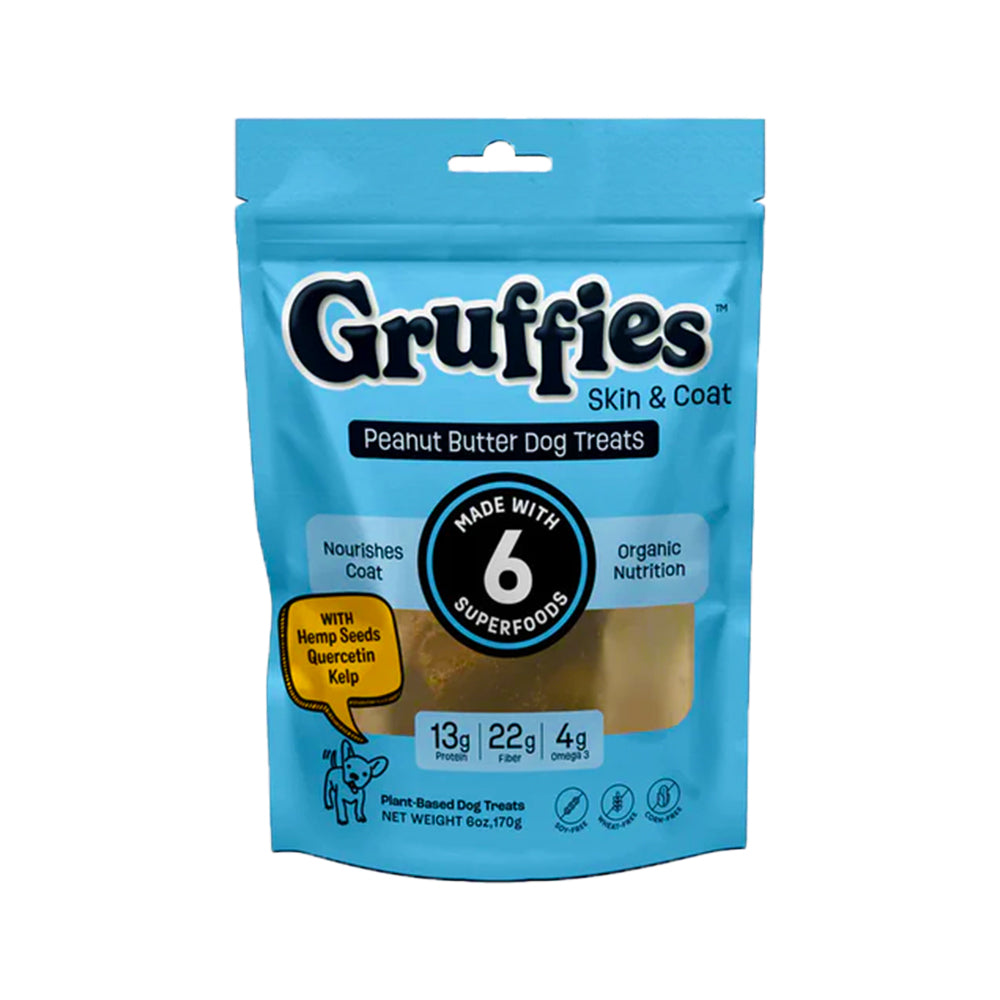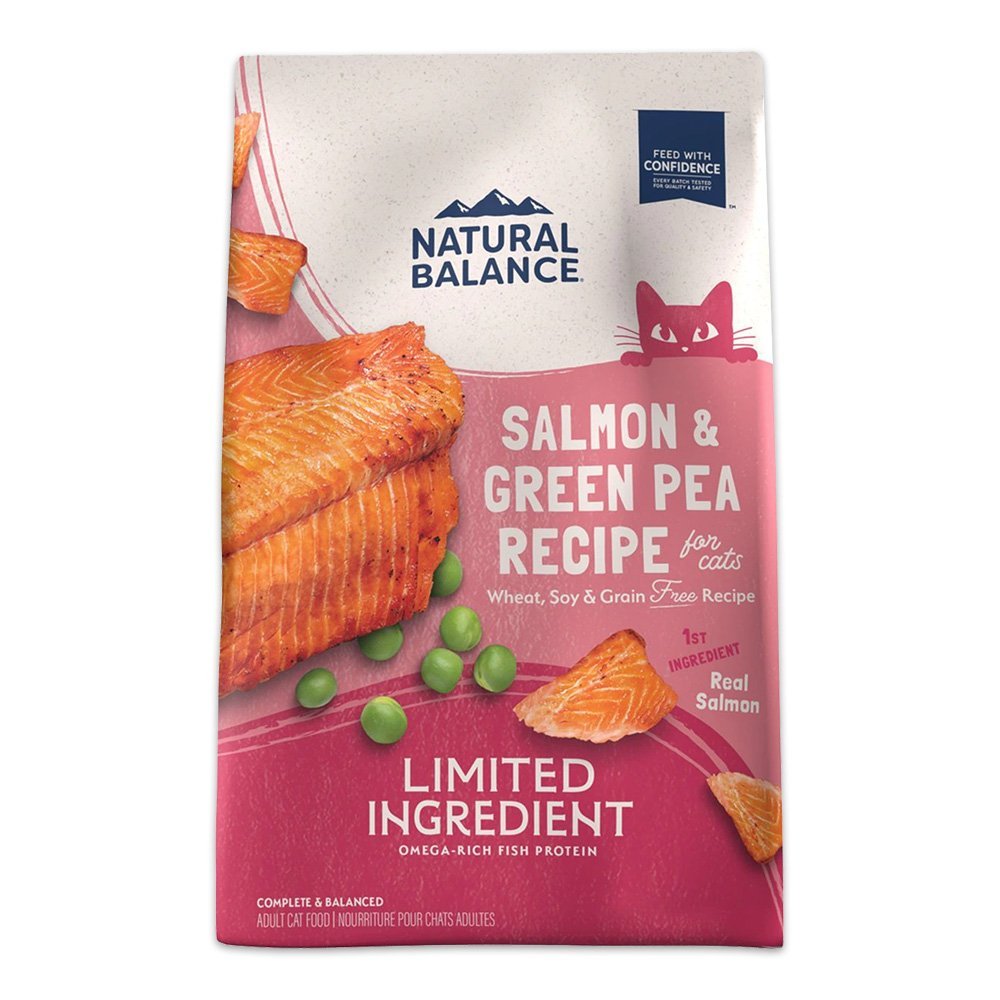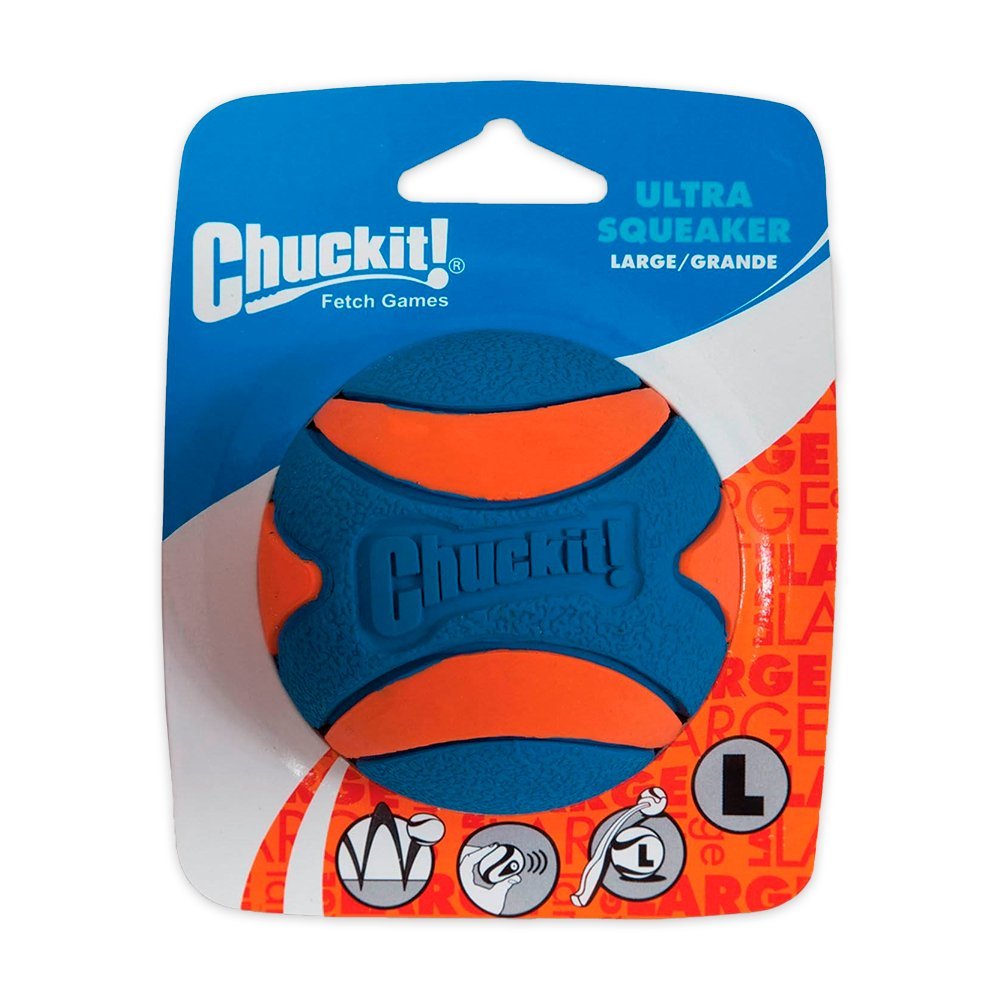Why Summer Feeding is Different: The Science Behind It
Summer bird feeding challenges are real, and they directly affect the survival of our feathered friends. Hot weather bird food strategies must focus on energy, hydration, and spoilage prevention.
-
Higher Calorie Needs: Birds may need more calories during extreme heat to support energy-intensive activities like flying, breeding, and molting.
-
Metabolism Boost: Research shows that a bird's metabolism increases due to a temperature rise. That’s why lightweight but nutrient-rich seeds and fruits are essential.
-
Dehydration Risks: Birds dehydrate more in hot weather compared to spring or autumn, making water just as critical as birds food.
By understanding these seasonal bird nutrition needs, you can adjust your bird-feeding habits to provide real support during the toughest months.
Introduction
Summer! The season is full of beautiful flowers, refreshing fruits, and birds that visit our backyard. As temperatures rise, our feathered friends also need different varieties of bird food for summer months. Just like you'd change your wardrobe for the season, your bird-feeding habits need a summer makeover
Giving food to birds can be incredibly rewarding and satisfying for you! A study reveals that supplemental feeding to birds can lead to health improvement, reduced stress, and rapid feather growth (source).
For tips in this regard, we’re serving up 10 sizzling tips for safely feeding birds in the summer. It’s time to make your yard the coolest bird hangout in the neighborhood.
Ready? Let’s flap right in!
1. Choose the Right Bird Food
Nutrient-Rich Seeds and Fruits
The heat makes everything a little more draining for humans as well as birds. So, in this period nutritional requirements are higher. Summer foods for birds should include high-energy, wholesome, and water-rich options. Think:
- Sunflower seeds: A fan favorite for most backyard birds.
- Safflower Seeds: These are high in protein and fat but often ignored by squirrels and other pests.
- Millet: Best-loved by smaller birds like finches and budgies.
- Flaxseeds: Infused with omega-3 fatty acids, flaxseeds support feather health and help birds maintain a shiny appearance.
- Chopped apples, pears, or grapes: These are some of the most amazing food options, full of moisture and vitamins.
A combination of a variety of bird treats gives assurance that your backyard buddies are getting all the top-notch nutrients!
Avoiding Foods That Spoil Quickly
It’s important to avoid fatty foods (like suet) unless they’re specifically designed for warm weather. Foods high in fat can go rancid fast in the heat. Also, avoid dairy products and anything salty. Moldy or spoiled food is a big no-no — it can harm birds more than help them.
2. Provide Fresh and Clean Water
Importance of Hydration for Birds
When you're feeling parched in the sun, birds are too! In fact, water is just as important as bird food in summer. Birds use it to drink and bathe, which helps regulate their body temperature and keep feathers clean.
Worried about not having a pond or fountain? No problem. A shallow bowl or birdbath filled with clean water works perfectly.
Changing Water Frequently to Prevent Contamination
Stagnant water can quickly become a breeding ground for bacteria and mosquitoes. Change the water daily or at least every other day. In extreme heat, checking twice a day is preferable.
Pro tip: Keep the birdbath in the shade to keep the water cooler longer. Cooler water keeps the birds happier.
3. Use Proper Bird Feeders
Selecting Feeders Suitable for Summer Conditions
Hot weather calls for feeders that can stand the heat! Plastic feeders can warp, while metal ones may get too hot. Choose UV-resistant plastic or wooden feeders with a weather-resistant coating.
Tube feeders are a great option for serving seeds. On the other hand, fruit trays are perfect for fresh summer snacks.
Ensuring Good Ventilation and Drainage in Feeders
Moisture is the strongest disadvantage in the summer season. It turns bird seed into a moldy mess. Go for feeders with:
- Drainage holes
- Good air circulation
-
Easy-to-clean parts
This keeps your Pet bird food dry, fresh, and safe for your feathered diners. Also, you can frequently wash the feeders and maintain hygiene.
4. Place Feeders in Shady Areas
Preventing Food from Overheating
Imagine a plate of grapes left in the blazing sun. Not so appetizing, right? That’s how birds feel about overheated food. Placing feeders in shaded spots helps maintain the quality of the food. At the same time, it keeps fruits from fermenting too quickly.
Keeping Birds Safe from Direct Sun Exposure
Birds love the sun. However, too much of it, especially while feeding, can lead to heat stress. Shade not only protects the food but also gives birds a safe space to snack and chill.
5. Clean Feeders Regularly
Preventing Mold and Bacteria Buildup
Heat and humidity create ideal conditions for mold to develop. And where there’s mold, there are sick birds. So, it’s better to prevent it before it harms the birds.
To keep your healthy bird food truly healthy, give feeders a good scrub at least once a week. In rainy or very hot weather, try to wash it at least twice a week.
Safe Cleaning Solutions for Bird Feeders
Use cleaners specifically formulated for birds to avoid harmful chemicals. Scrub thoroughly and rinse thoroughly after using any cleaner. Let it air-dry completely before refilling. Choosing the right products can make cleaning your bird cage very simple.
6. Avoid Offering Spoiled or Moldy Food
Risks of Feeding Spoiled Food to Birds
Spoiled food can lead to salmonella, respiratory issues, or worse. Trust us, no one wants to turn their bird buffet into a bird hospital.
Identifying Signs of Food Spoilage
To find out whether the bird treat has spoiled or not, keep your eyes (and nose) peeled. Take a look below to know what spoiled food might look like:
-
Clumpy or sticky
- Discolored
- Foul-smelling
- Moldy (white or black fuzzy spots)
When in doubt, toss it out. It's always better to be safe than sorry.
7. Keep Predators Away

Placing Feeders in Secure Locations
We all know cats and birds don’t mix — unless you’re watching a cartoon. Keep feeders some feet off the ground and a few feet from shrubs or fences where cats might lurk.
Hanging feeders from shepherd hooks or on poles with baffles also keeps them out of reach of sneaky paws.
Deterring Cats, Squirrels, and Other Predators
-
Use squirrel-proof feeders: Choose feeders with cages or domes that block access to larger animals.
-
Choose Seeds Birds Love—But Others Don’t: Safflower seeds, for example, are loved by cardinals and finches but disliked by squirrels and many other animals.
-
Clean Up Fallen Seeds and Fruits: Leftover food on the ground can attract unwanted visitors. Sweep or rake daily.
-
Place Feeders Smartly: Avoid placing feeders near trees, fences, or walls where cats and squirrels can jump from.
Giving birds security while they enjoy their bird treats is part of being a responsible bird host!
8. Control Insect Infestation
Managing Ants, Bees, and Other Pests Around Feeders
Insects crave sweet fruits and seeds just like birds — maybe a little bit more. But they can turn your bird buffet into a pest picnic.
Use ant moats (tiny water barriers) to keep ants away, and avoid sugary foods that attract bees and wasps. Store the birds food in airtight containers and dump off old or infested food.
Ant Prevention: 5 Natural Methods
Ants are notorious for invading feeders in summer. Here are simple solutions:
-
Ant Moats – Small water-filled cups that ants can’t cross.
-
Cinnamon or Coffee Grounds – Sprinkle near feeders; safe for birds but repels ants.
-
Petroleum Jelly Barrier – Apply on feeder poles to stop ant trails.
-
Change Feeder Locations – Moving feeders often confuses ant colonies.
-
Keep Feeders Clean – Wipe away nectar drips or fruit remains daily.
Bee and Wasp Deterrents That Won’t Harm Birds
Bees and wasps are attracted to sweet food sources. Instead of pesticides, try these:
-
Choose Non-Red Feeders: Bright red attracts stinging insects. Use yellow or green feeders instead.
-
Dilute Nectar Properly: Overly sweet nectar draws more bees. Stick to recommended sugar-water ratios.
-
Bee Guards: Many hummingbird feeders come with built-in mesh guards to block stingers.
-
Alternate Feeding Stations: Place a small dish of sugary water away from bird feeders — this lures insects to another location.
Weekly Feeder Inspection Checklist
To stay on top of bird feeder pest control in summer, do this every week:
-
Check nectar feeders for leaks (a top cause of insect attraction).
-
Scrub sticky residue from perches and rims.
-
Empty uneaten fruit before it ferments.
-
Inspect the surrounding ground for ant trails and treat immediately.
- Rotate feeder positions to disrupt pest patterns.
9. Offer Cooling Treats for Birds
Frozen Fruits and Seed Treats
Birds love juicy, flavorful fruits, and freezing them turns an ordinary snack into a refreshing delight. Try offering small pieces of frozen watermelon, berries, mango, or grapes. You can even mix chopped fruits with bird-safe seeds and freeze them in ice cube trays. These icy bites are perfect for hot afternoons.
Best Cooling Snacks for Different Bird Species
- Finches & Sparrows: Chilled millet sprays, cucumber slices
- Parakeets: Frozen peas, corn kernels, chilled apple slices
- Cockatiels: Frozen mango or banana pieces, seed and fruit ice blocks
- Woodpeckers: Cool suet Dough (specially made for warm temps)
-
Hummingbirds: Cold nectar (change daily)
Tip: Always thaw frozen bird treats slightly before serving to avoid shocking their sensitive beaks or digestive systems.
10. Monitor Bird Health and Behavior
Recognizing Signs of Heat Stress in Birds
Birds can suffer in extreme heat, just like us. Watch for:
- Open-mouth breathing
- Lethargy or slow movements
-
Fluffed feathers while sitting still
If you notice these signs, make more shade available and refill water sources immediately.
Adjusting Feeding Habits Based on Bird Activity
If birds seem sluggish, feed earlier in the day or closer to dusk when it’s cooler. You might also:
- Offer a more nutritious blend of seeds along with water to keep them full and hydrated at the same time.
- Reduce the quantity of seed to avoid spoilage.
-
Move feeders to even shadier spots. This lets them have their food without any heat-stress.
Flexibility is one of the most important pointers to remember for providing the best care and healthy bird food all summer.
Regional Summer Feeding: Climate-Specific Tips
Not all regions face the same challenges. Tailor your summer bird feeding habits to local climates with these regional bird feeding tips:
-
Desert Regions (Arizona, Nevada)
-
Prioritize water sources — offer multiple shallow bowls.
-
Shade is more valuable than seed type. Use clay or stone birdbaths that stay cool longer.
-
Humid Climates (Florida, Louisiana)
-
Mold prevention is key. Use quick-drying feeders with ventilation.
-
Limit fresh fruit to small portions that can be eaten within hours.
-
Northern States (Minnesota, Michigan)
-
Different species migrate north in summer. Stock seeds and fruits specific to orioles, grosbeaks, and hummingbirds.
-
Early morning feeding helps, as cooler temps encourage more activity.
Final Thoughts
Feeding birds in summer is not only about just tossing out some seeds. It’s about making small adjustments and giving them an ethical background to stay. By getting them the right bird food in summer, you become a hero to the birds in your area.
So grab your feeders and pick out some amazing food options. It’s time to get ready for the most delightful season of birdwatching ever!




